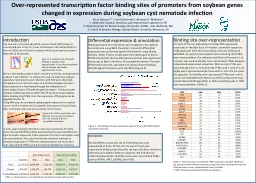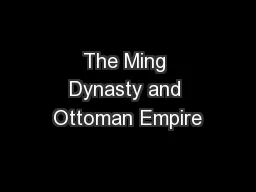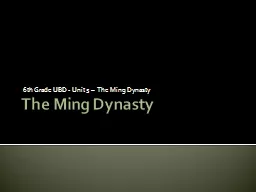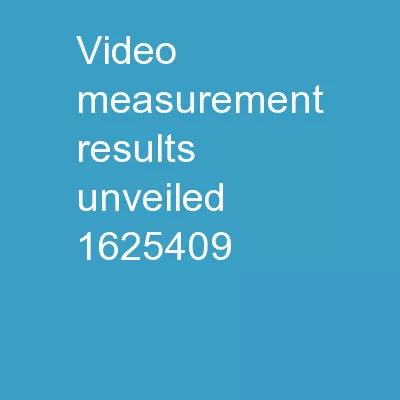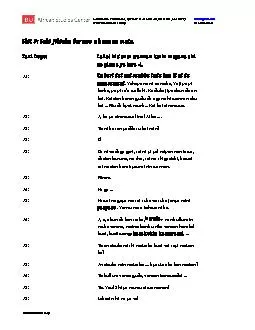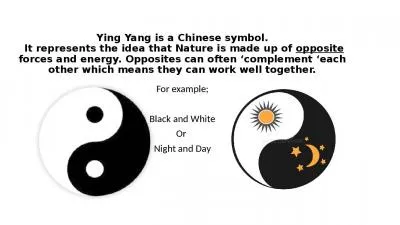PDF-TRACKING MOTIONBLURRED TARGETS IN VIDEO Shengyang Dai Ming Yang Ying Wu Aggelos K
Author : sherrill-nordquist | Published Date : 2015-02-25
Katsaggelos Department of EECS Northwestern University 2145 Sheridan Road Evanston IL 60208 sda690mya671yingwuaggk ecenorthwesternedu ABSTRACT Many emerging applications
Presentation Embed Code
Download Presentation
Download Presentation The PPT/PDF document "TRACKING MOTIONBLURRED TARGETS IN VIDEO ..." is the property of its rightful owner. Permission is granted to download and print the materials on this website for personal, non-commercial use only, and to display it on your personal computer provided you do not modify the materials and that you retain all copyright notices contained in the materials. By downloading content from our website, you accept the terms of this agreement.
TRACKING MOTIONBLURRED TARGETS IN VIDEO Shengyang Dai Ming Yang Ying Wu Aggelos K: Transcript
Download Rules Of Document
"TRACKING MOTIONBLURRED TARGETS IN VIDEO Shengyang Dai Ming Yang Ying Wu Aggelos K"The content belongs to its owner. You may download and print it for personal use, without modification, and keep all copyright notices. By downloading, you agree to these terms.
Related Documents


